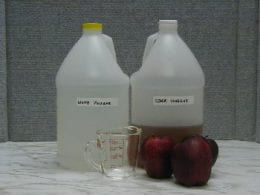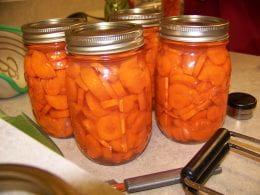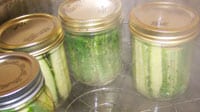
When preserving food, fresh is best. This is also true for pickling. Vinegar is the acid of choice to pickle foods. But if vinegar is past its “Best By” date, is it still safe to use?
Vinegar has an “almost indefinite” shelf life. It’s acidic nature is self-preserving. It does not require refrigeration, just a cool, dry, dark storage location. Over time, there may be slight visible changes. They include:
Cloudiness—After opening the container, vinegar is exposed to other harmless bacteria that can create cloudiness. It does not affect the flavor of quality. Try straining it through a coffee filter to clear away the cloudiness.
Color—Sulfites help protect the color of red wine vinegar, but color can also change due to Maillard browning reactions. Color changes can also signal flavor changes.
Sediment—Less filtered, or unfiltered, vinegar may form a sediment layer over time. Place a coffee filter in another strainer and strain out the sediment before using.
Mother—Most vinegars are pasteurized. But, if a slimy, amorphous blob or substance forms and floats, the vinegar has been re-inoculated with bacteria after opening. The Mother means some sugars or alcohol were not completely fermented when that vinegar was made.
Source: Iowa State University AnswerLine, May 11, 2021


